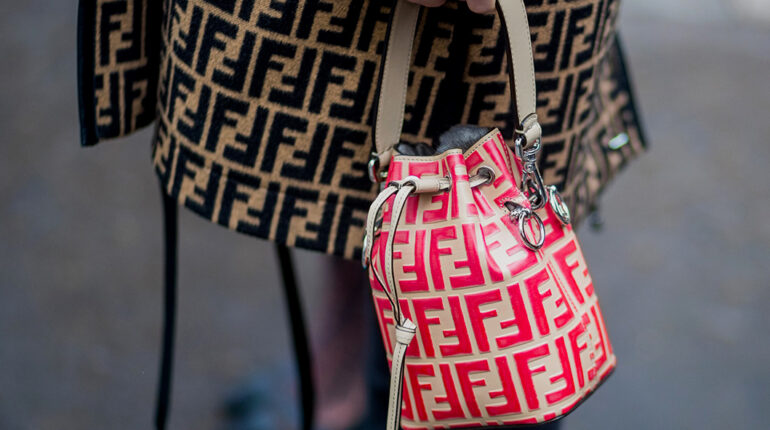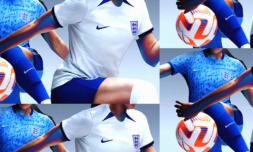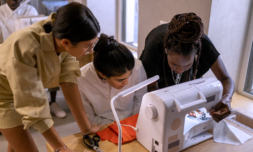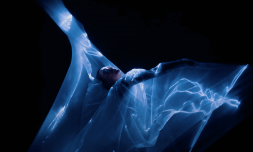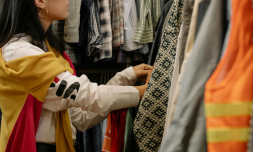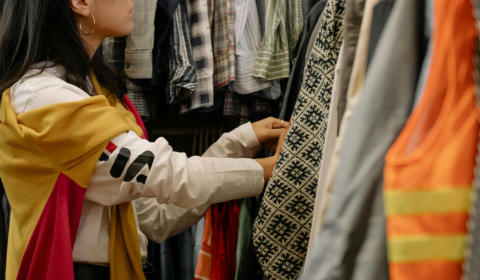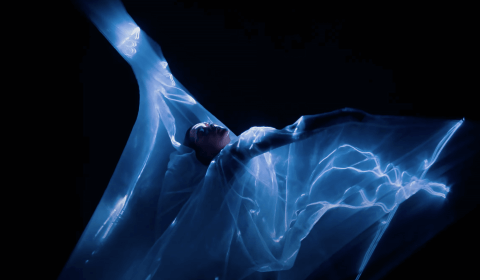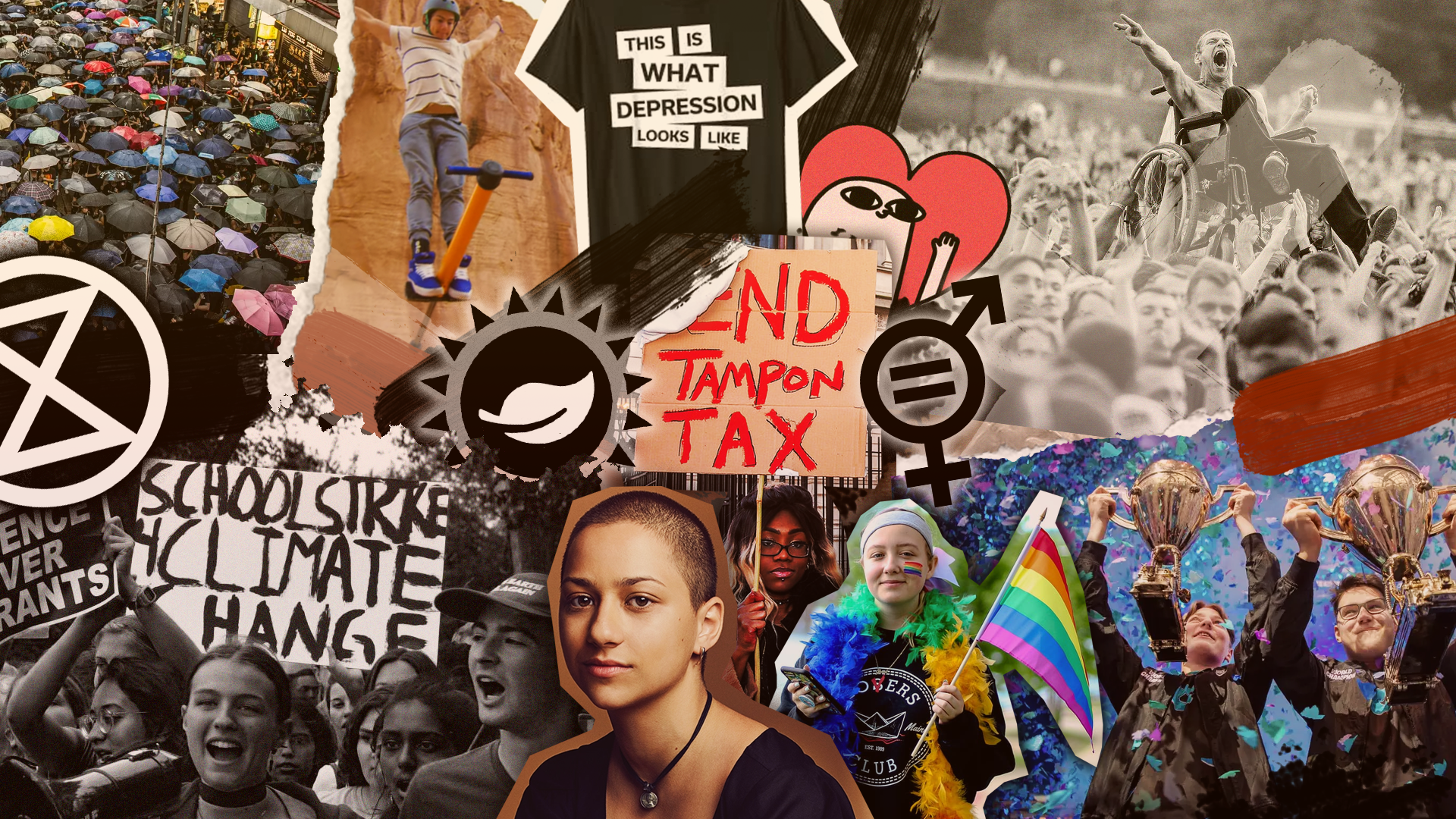The rise and fall of logomania
Although it’s unlikely that blatantly obvious logos will ever entirely disappear from fashion items, dressing head-to-toe in them might be starting to make a slow exit.
Gen Z’s first major encounter with logomania would’ve been when it started running rampant in the mid-2010s. This happened around the same time Instagram earned its crown as social media king.
From this point on, the culture of presenting ourselves in online spaces grew and influencers normalised turning the ‘self’ into a ‘brand’.
Sporting logo-embellished clothing became the easiest way to tell the world, ‘I know high fashion brands and I’m wealthy enough to afford them,’ without saying it out loud.
Off the back of this, brands started becoming more than just companies. Brands were transforming into what they are now: an extension of the individual wearing them and a tool that signals a person’s identity, values, and status to the world.
In fact, fashion psychology is beginning to uncover how spotting the logo of a brand we know and like on another person triggers the same part of the brain responsible for processing human relationships.
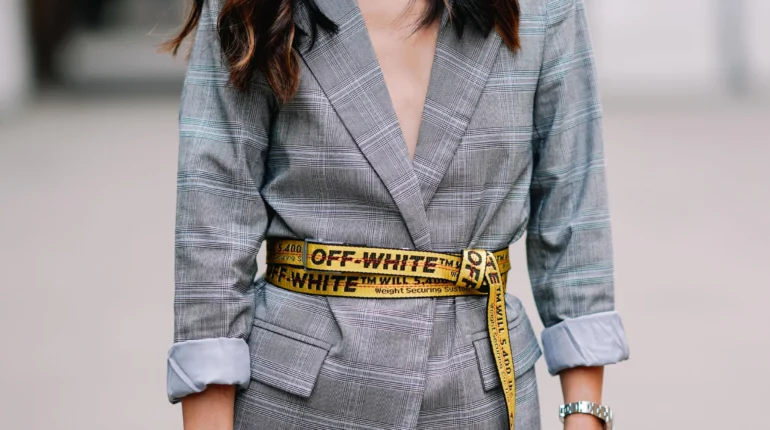
That said, a person who elevates their perceived status by wearing logo’d up luxury items may not actually have the wealth required to do so.
Consumers can buy one off pieces, such as luxury branded accessories, that become a statement piece in their wardrobe. Multi-high-fashion brand logo designer Daniel Day – who created logos for Louis Vuitton, Fendi, Gucci, and more – spoke to The Cut on the social power of visible monograms:
‘[A logo] signifies status, and money, which go hand in hand. The thing is, you can have the status but nobody will know you don’t have the money. So that’s what gives it such an impact on your look.’
A perfect example of this is the OFF-WHITE tape belt phenomenon. You might remember its hard-to-miss, mustard-yellow hue tightly cinched around virtually any piece of clothing from jeans to jackets, trench coats, dresses, and miniskirts.
The item itself was priced at around £120, which made it an easily accessible item for those wanting to show that they were on-trend by consuming a brand-of-the-moment, founded by the late Virgil Abloh in 2013.
Because the item was relatively affordable, anyone could appear as if they had a certain level of knowledge of fashion and be grouped into the ‘hypebeast’ category by buying this too-loud-to-overlook item.
This is the antithesis of ‘quiet luxury’ fashion.
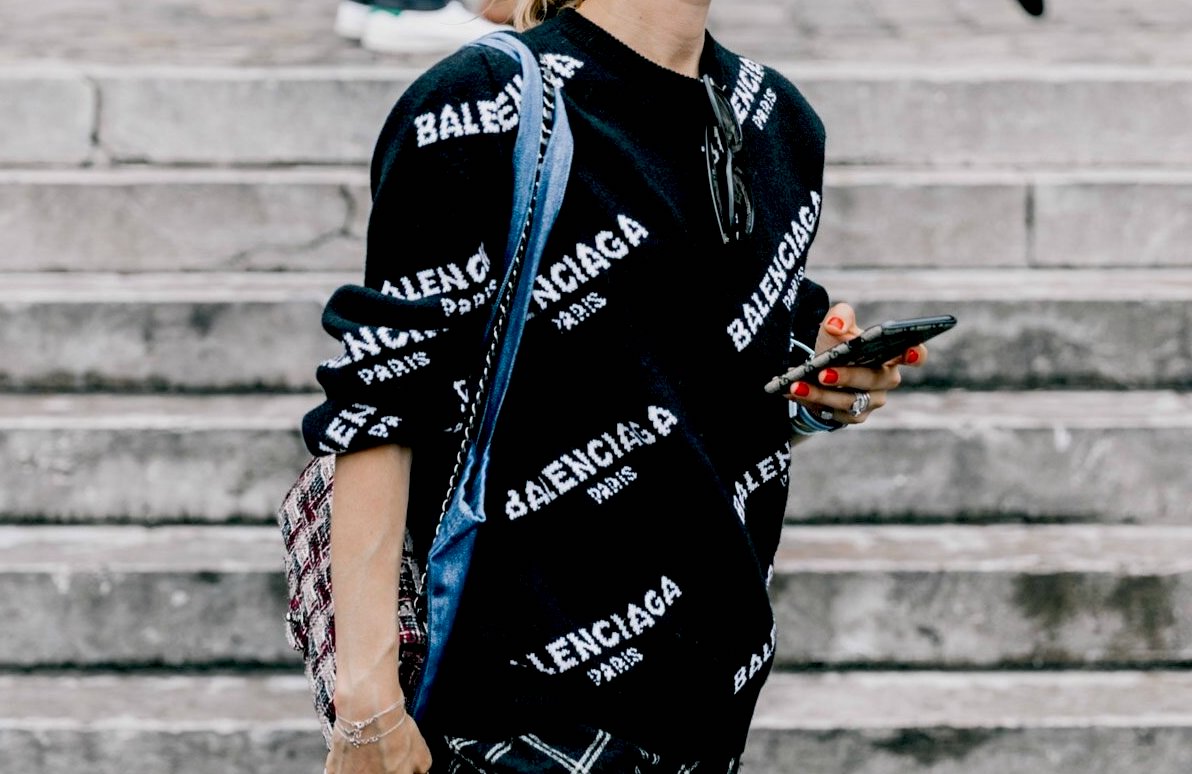
More on quiet luxury
Contrary to what TikTok will have you believe, dressing in luxury items lacking in logos that immediately catch the eye is not a trend.
It’s a lifestyle that people have been subscribed to for generations. Actually, it was the status quo up until 1925, when Coco Chanel started placing the iconic double C’s onto her collections, starting a revolutionary wave.
While branded luxury items help us gain context on a person very quickly – studies show it takes .4 seconds for our brain to register a familiar logo – the ability to recognise high-fashion when it lacks a name or symbol will depend on whether or not you’re truly ‘in the know’ about luxury brands.
A great example of people who have embraced this way of dressing their entire lives is the Olsen twins.
Sisters Mary-Kate and Ashley have sported plain white designer T-shirts worth hundreds of dollars, but you won’t see a logo in sight no matter how hard you Google. Even their designer bags lack obvious indications of the fashion houses they came from.
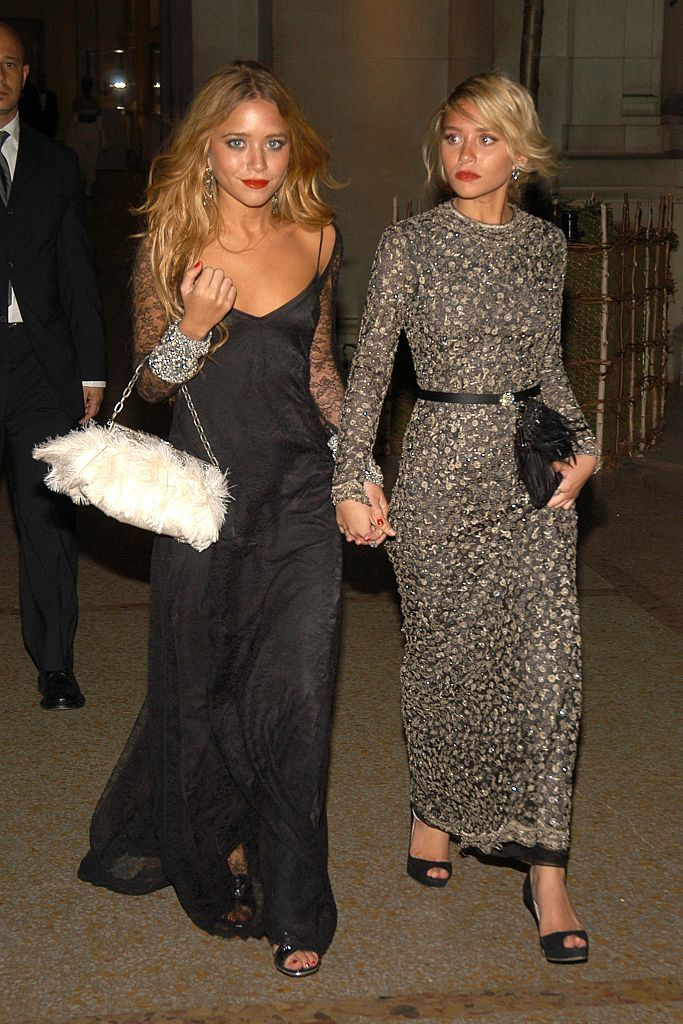
Their clothing brand, The Row, completely encapsulates this way of dressing. All collections are made with high-quality fabrics carefully sewn together to create a long-lasting, perfect-fitting garment that exudes luxury. No logos at all.
This might lead someone who doesn’t follow fashion closely to mistake a coat from The Row for a copycat from Zara.
Quiet luxury is something that has been practised by the world’s elite since the dawn of experimental fashion. Dressing in high-fashion and staying quiet about it is perhaps the biggest flex of all.
Think of your rich friend’s mom who always looks and smells good, but you can never figure out how. Unless you take a quick peek at the label in her coat as she drapes it over the back of her chair at dinner.
Quiet luxury not about making overt displays of wealth and opulence, but its quality subtly signals to others who are clued up – or in the same tax bracket, perhaps – that you’re part of their group. Because let’s be honest, fashion has been and will always be a marker of class.
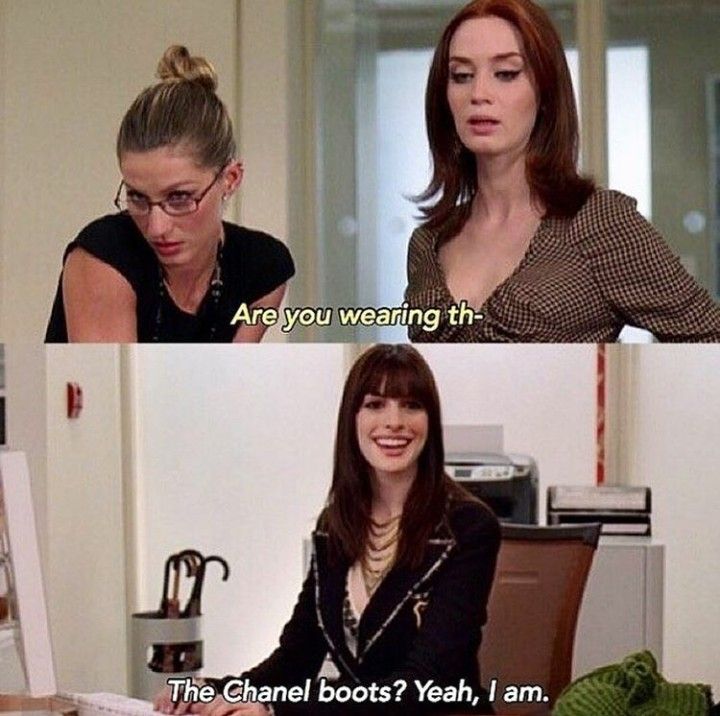
Why is ‘quiet luxury’ getting popular now?
Before the start of 2023 there was a general buzz around an incoming ‘cultural shift’. It seems like we could be witnessing this happening now.
As global inflation pushes millions of people into financial struggle, outright displays of wealth are starting to seem out of touch and distasteful. Hence why the Kardashians – whose wealth has been forced on us at every turn for over a decade – are losing social media followers left and right.
This dip in logomania should be unsurprising to anyone with close ties to the fashion industry, as a similar trend occurred during the 2008 recession.
At the same time, the counterfeit luxury industry is now generating more deisgner dupes than ever.
Printing ‘BALENCIAGA’ or ‘Prada’ onto a decent quality T-shirt and making it look convincing isn’t exactly hard, which is perhaps another reason why logos are starting to take a back burner. When all-over printed logos are so easily replicated, how much value can they really hold?
Although we could be witnessing the page turn, I have no doubt that logos will inevitably stick around in some way. They’re an essential marketing tool, after all.
But perhaps we’ll look back on logomania in a few years’ time and think ‘omg, tacky!’ – that is, until the economy is sorted out and the fashion cycle begins once again.
